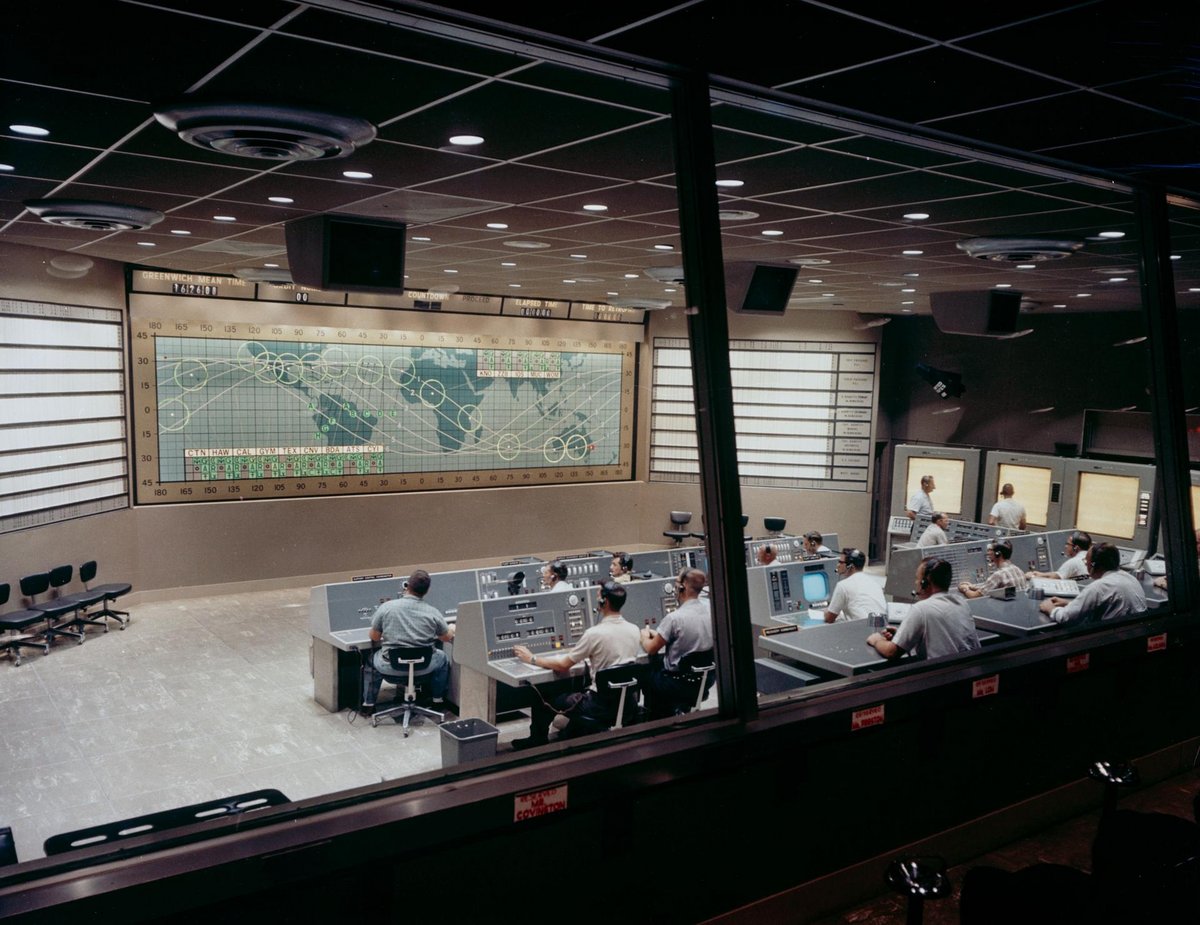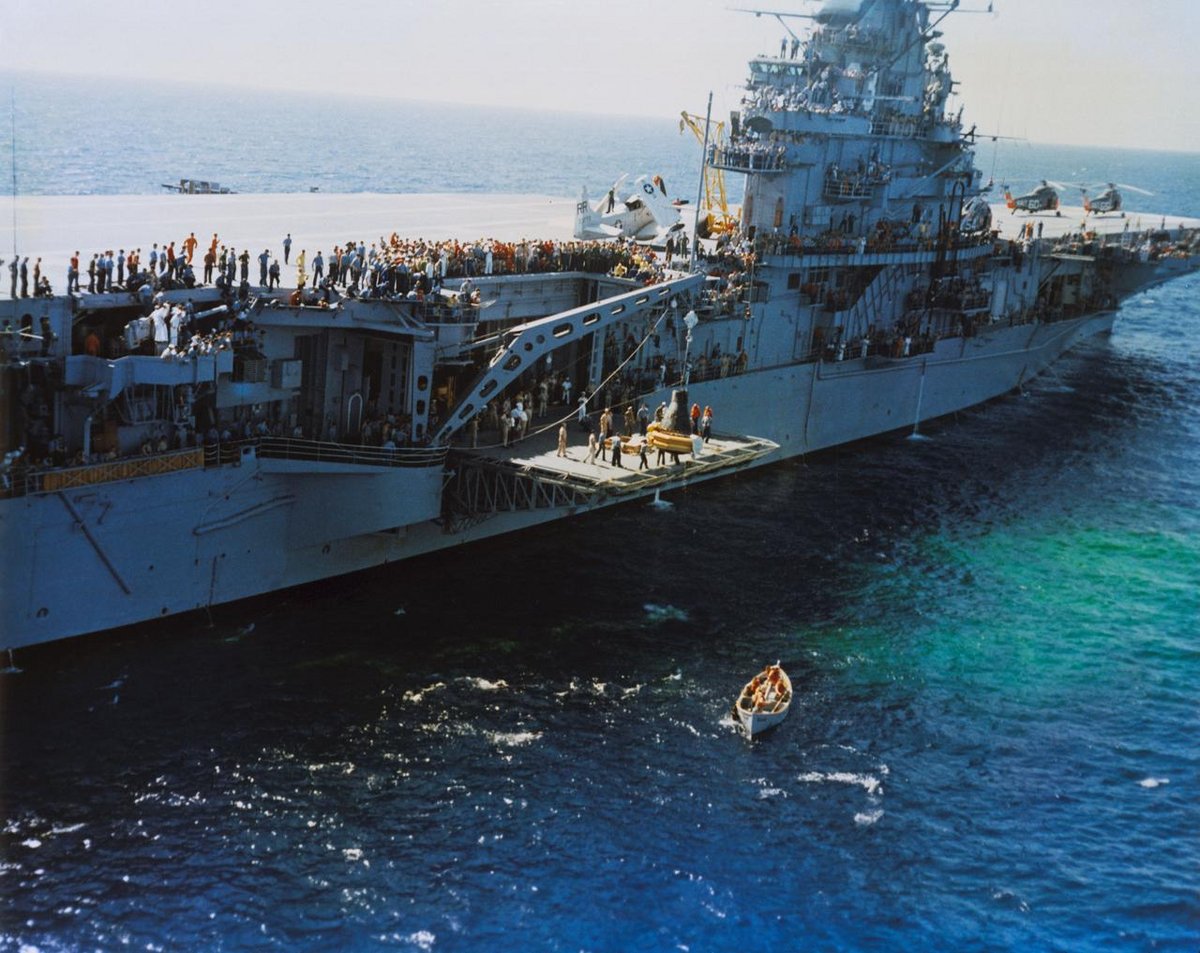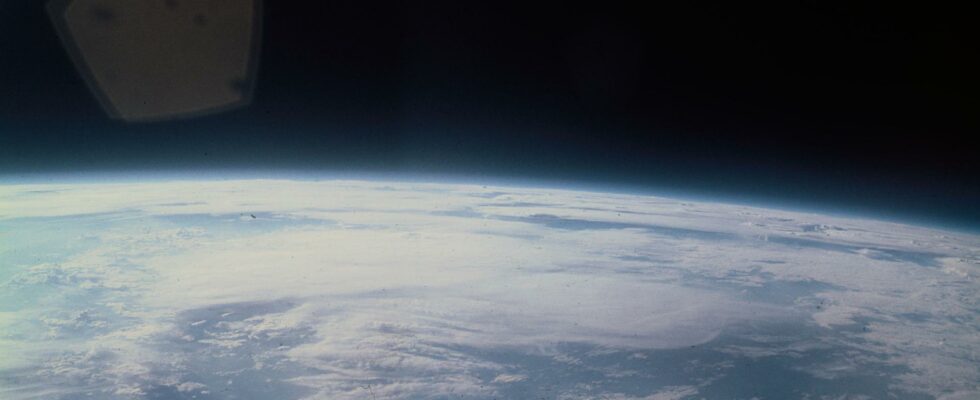After two first successful orbital missions for the mercury program, a dilemma arises: should we push the capsule to its limits or wait for the next generation Gemini? The successes of the USSR did not leave NASA much respite. You have to convince, despite limited means.
And above all, reliability!
How to orient Mercury?
By early summer 1962, Mercury officials knew they had saved face for the American manned program with their excellent first half. The successive flights of John Glenn and then Scott Carpenter were not without some problems and each lasted less than 5 hours, but they showed that the United States could rise to the challenge.
However, everyone knows that if the USSR has not flown Vostok for a year, it is because something is brewing… We would therefore have to offer more with a Mercury capsule, which is complex, because the rocket is already to the fullest of his abilities. Moreover, during this summer period, several Atlas launchers are victims of new accidents during their numerous take-offs. It is therefore necessary each time to isolate the causes and draw the conclusions to avoid a drama with the next manned mission.
Mercury doesn’t have a lot of maneuvering capabilities either, and with each proposal for a longer flight, you have to think about arranging the whole thing to adapt the air reserves, the batteries and the maneuvering fuel. In July, however, the decision is made: Walter Schirra will fly for a flight of at least 6 orbits (9 hours), preparing for a future full-day Mercury flight in space.
Walter Schirra, discreet and efficient
Even if he was not ultimately one of the first of the group of “Mercury 7” to fly, Walter “Wally” Schirra was then a fighter pilot who impressed with his very ambitious career. It must be said that his father before him was a pilot during the First World War before becoming an aerial demonstrator and stuntman in exhibitions and traveling shows, even transporting the future mother of little Walter on the wing of his biplane.
The latter became a pilot for the US Navy, but finally asked to be transferred to the US Air Force to participate in the Korean War, during which he was credited with two aerial victories and 90 combat missions. Thereafter, he spent almost a decade testing just about every new jet (including those that weren’t selected) for shipboard fighters.
Intelligent, with an unparalleled ability to react, Walter Schirra is also impulsive and independent. These character traits would later earn him quite the reputation for his Apollo flight, but made him an asset to Mercury. This flight, longer than the first two, could be subject to many breakdowns, and it is necessary to be able to deal with them quickly. Reserve pilot for Scott Carpenter on Aurora 7, Schirra trains hard for his mission which he will name Sigma 7 (the acronym for the arithmetic sum).
Some delays
Of course, in August, the USSR flew its Vostok 3 and 4 missions for several days in a row, which, for some officials, made Schirra’s mission almost useless. It remains nonetheless relevant to the Mercury program and also shows the rapid rate at which the Americans are succeeding in their manned missions.
Speaking of pace, the mission should have taken place in early September, but for greater security (and in particular because of the other failures), the decision was made to perform a static firing of the Atlas launcher on its launch site at Cape Canaveral. This test will also be delayed, and finally, the takeoff of Mercury Atlas 8 (Sigma 7) is only possible on October 3. Just one day before the celebration of the Soviets who are celebrating the 5th anniversary of Sputnik!
A flight without anything to say?
The takeoff seems to be going well, even if, in reality, as soon as it climbs above the launch site, the rocket undergoes a significant roll which practically reaches the triggering limits of the emergency ejection system. Fortunately, the main body of the launcher compensates, and the rest of the trip to low orbit remains within acceptable limits.
Walter Schirra becomes the third American in orbit around the Earth, in a Mercury capsule that has evolved a little, mainly to give him a little more leeway with its orientation thrusters (remember, that was a problem in the previous mission), better communications and…not much else, actually. The scientific side of the mission is minimalist, it essentially involves taking photographs, testing filters on lenses and documenting the regions overflown. To make matters worse, as with the two previous flights, the fireworks displays and other special lighting set up in South Africa and Australia to be observed from Mercury were obscured by a thick layer of cloud. Suffice to say that the flight was calm.
Very calm, even. Walter Schirra communicates with the ground, documents his flight, takes pictures and quickly completes his assigned tasks. He also flies the capsule in “economy” mode, that is to say by deactivating almost all the active piloting systems, which makes the astronaut a simple passenger (they will use the expression ” fly as a chimpanzee in reference to the animals that pioneered the program).
This is an opportunity to try to find your bearings in relation to the Earth, but also with a sextant in relation to the stars (still not 100% conclusive) or thanks to the Moon. Walter Schirra eats, drinks, lets himself float, also performs some proprioception exercises while blindfolded to study the effects of weightlessness. It also goes live on American television, but the audience does not equal that of the previous flight.

A well-prepared return
The orbits pass slowly, Walter Schirra continues to rest and identify cities on the ground in the night regions. He also had to adjust the temperature of his suit several times, which had malfunctioned since the beginning of the flight. It is over 30°C inside, the astronaut is sweating profusely, and the more orbits pass, the more his helmet fogs up, even if the temperature has stabilized.
At the 5e orbit, he begins to prepare for the braking maneuver, not wanting to be taken aback as Scott Carpenter had been. But everything is going exactly as planned, there is enough fuel left, including to steer the capsule on its way back through the still sporty atmosphere. This time, the teams will not need to rush hundreds of kilometers, since Mercury lands 7 kilometers from the target point and 800 meters from the aircraft carrier USS Kearsarge. Recovery is quick, and Walter Schirra even asks to stay inside the capsule only to get out on the deck of the ship. This is the first time that a Mercury capsule has returned to land without any incident.

A great demonstration, but…
The Sigma 7 flight, although very successful and of record duration for the United States (9 hours and 13 minutes), does not generate much publicity. Firstly because it is the third of this year 1962, so it is no longer really a novelty, but also because this success is quickly eclipsed by the missile crisis with Cuba and the Soviet Union. The legend even says that it was the day when President Kennedy received Walter Schirra and his family at the White House that the spy services presented him for the first time with pictures of the sites under construction in the Caribbean.
Above all, the Sigma 7 flight proved that Mercury can perform very well in 6 orbits and more. This engineering demonstration will be pushed to its climax by NASA, which now wants to fly Mercury for a whole day. Schirra’s flight is also used to find out what can be removed from the capsule to carry more consumables (in particular the periscope system). With this successful fall of 1962, NASA now knows that all that is needed is an additional mission. It therefore directs a maximum of resources on Gemini and on the preparation of the lunar program.

1